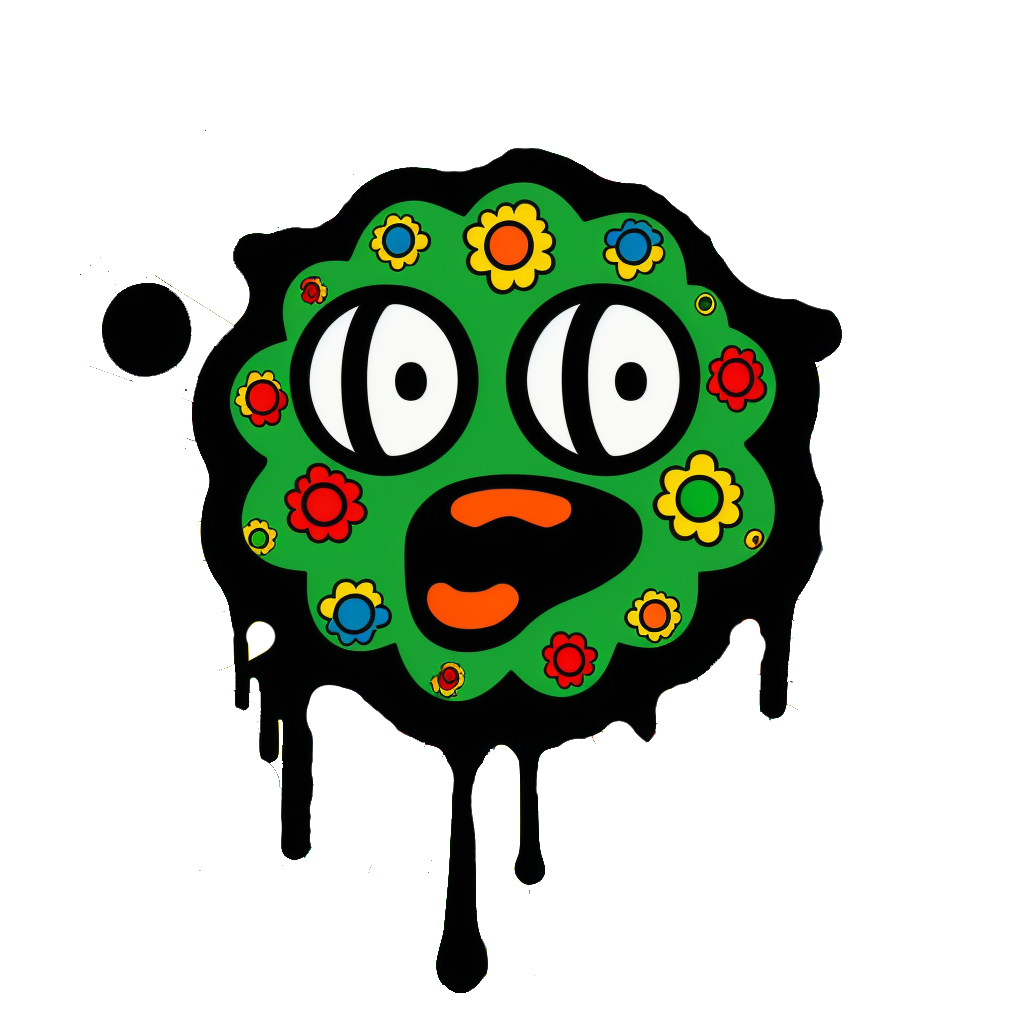The Domino Effect of Development: Exploring the Complex Interconnections of Growth in Children

Understanding how different aspects of a child’s growth are connected shows us just how complex development is. It’s like a domino effect where what happens in one area can touch off changes in another, for better or worse.
When kids perform a show or cook, they’re not just following instructions or remembering lines. They also use their brains to think things through and then use language to chat about what they are doing or to work with others. It’s a two-way street: improving at thinking can help with language, and getting good with words can boost thinking skills.
And it’s not just about sitting still and learning; moving around and being active, like playing hopscotch or dancing, is also key. These activities help kids with their balance and coordination, and at the same time, they are counting and keeping rhythm, which flexes their thinking muscles.
Kids and teens grow and develop in their own unique ways, but many personal factors come into play. It’s a big mix that can boost their growth or throw in some hurdles. We can break it down as follows:
Health Matters: If a kid’s often under the weather or dealing with some long-term health issue, it can get in the way of joining in and learning with others. Missing out on school and playtime can slow down picking up new skills and making friends.
Personality: Kids come with their own personalities. The social butterflies might dive into playdates and group activities, which is great for making friends and learning to get along with others. But the quieter bunch might hang back, taking a bit longer to warm up and join in.
Looks and Size: How kids see themselves and how others see them can affect how confident they feel. If a kid is taller or maybe looks a bit older than their buddies, they might get more chances to take charge or try new things. But if they are feeling unsure about how they look, they might hold back, missing out on chances to exchange with other kids.
Dealing with Disabilities: Kids facing physical or learning challenges might find some activities rather trickier than others. Making sure everyone gets a fair shot at joining in means thinking about how to include all kids in a way that works for them.
Genes Play a Role: Sometimes, health issues or special conditions make learning and growing more complicated. Issues like Down’s syndrome or cystic fibrosis can mean they need some extra help and patience along the way.
Before they’re Even Born: What happens while they’re still in the womb can have a big impact, such as their mom getting sick, or not getting the right nutrients.
Tough Starts and Stumbles: A rough entry into the world or getting sick when they are little can be challenging, whether it’s catching up on learning or just getting their body to cooperate.
Where They Grow Up: The kind of support kids get at home and the resources they’ve got access to can make a huge difference. A stack of books, some interesting toys, and a whole of love and encouragement can set them up for success.
Changes of Growing Up: When puberty hits, it’s like a whirlwind of changes that can shake things up, from how they look to how they feel about pretty much everything. It’s a rollercoaster that can affect how they get along with friends and how they handle schoolwork.
Boy or girl: Boys and girls can grow up in their timeframes, with each having their own set of milestones and challenges. Recognising these differences helps in giving them the right kind of nudge when they need it.
Children and young people’s development is significantly influenced by a myriad of external factors, each intertwining with their personal traits and life circumstances to shape their developmental trajectory. These factors encompass elements from their immediate surroundings to broader societal influences, all contributing to their physical, cognitive, emotional, and social growth.
Housing and Environment: Substandard living conditions, such as overcrowded or damp environments, can instil feelings of insecurity and elevate stress levels in children, potentially leading to health issues like asthma. These conditions can adversely affect their attendance and performance in educational settings.
Family Influences and Financial Security: The family unit’s stability and financial situation are pivotal in a child’s development. A nurturing and secure family environment is conducive to emotional stability and social competence. Financial strain can induce familial stress and restrict access to essential resources, including nutritious food and educational supplies.
Living Conditions and Pollution: Exposure to unhygienic conditions and environmental pollutants can directly compromise a child’s health. Different types of pollution, such as air contaminants or noise, can exacerbate respiratory conditions and disrupt sleep, impacting cognitive function and overall well-being.
Nutrition and Physical Activity: Adequate nutrition is fundamental for optimal brain development and physical growth. Dietary deficiencies can cause developmental delays. Limited opportunities for physical activity can further hinder physical and cognitive development due to inadequate stimulation and exercise.
Loss, Separation, and Family Dynamics: Experiences of loss and separation from the primary caregiver can profoundly impact a child’s emotional health and sense of security. Familial challenges, including mental health issues, substance misuse, and exposure to domestic violence, can lead to emotional trauma and developmental disruptions.
Geographical and Community Influences: The child’s geographical location and the availability of community resources can significantly influence developmental opportunities. Access to safe recreational programs can enrich a child’s developmental experiences.
Educational Environment: The quality of the educational setting, including the school’s climate and teacher-student relationships, plays a crucial role in academic achievement and emotional well-being. Bullying, exclusion, and inadequate support can exacerbate challenges for vulnerable children, such as those in foster care or undergoing significant life transitions.
Cultural and Linguistic Factors: Cultural background and language proficiency can affect educational experiences and social integration. Children from non-dominant cultural groups or those learning English as an additional language may encounter barriers to fully engaging with the curriculum and peer groups.
Personal Experiences and Challenges: Individual experiences, including assuming caregiving responsibilities, navigating parental divorce, or encountering discrimination, can induce stress and anxiety, influencing educational engagement and overall development.
External Events and Transitions: Broad external events, such as natural disasters, conflicts, or pandemics, can disrupt children’s lives, inducing stress and anxiety, with potential long-term effects on mental health and development.





